Generative Engine Optimization: Everything You Need to Know About The Future of Search

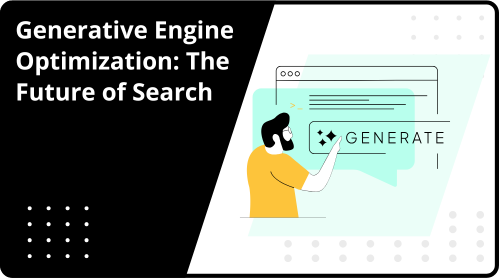
Search is no longer only about ranking in blue links on SERPs.
With AI assistants like ChatGPT, Gemini, and Perplexity now delivering instant answers, traditional SEO methods alone won’t cut it. To stay visible in this new AI-driven world, Generative Engine Optimization (GEO) is essential.
While SEO helps you rank in search engines, GEO ensures your content gets cited and used by large language models (LLMs) to generate AI-powered answers. GEO is more than a ‘fun-to-have’ step—it’s the future of search.
In this guide, we’ll define GEO, break down its core principles, and give you a practical playbook to optimize your content for the AI-driven future of search.

What We'll Cover
What is GEO? (vs SEO / AEO)
Let’s start with a bit of honesty. A lot of what follows is open to interpretation, and the marketing industry is using a lot of terms and acronyms to describe the same thing. We’ve settled on GEO, and have a different meaning for AEO. You may use another term. We’re deep in the “experiment and figure it out” phase of AI search, and we’re still learning!
So, to understand what we call GEO, let’s first distinguish it from SEO and AEO.
- SEO (Search Engine Optimization): Optimizes for visibility in traditional search engine results pages (SERPs).
- AEO (Answer Engine Optimization): Optimizes content for direct AI-generated answers, like those seen in Google AI Overviews or snippets.
- GEO (Generative Engine Optimization): Goes a step further, ensuring your content and brand are cited by LLMs in AI-generated responses across platforms like ChatGPT, Gemini, and Perplexity.
Where GEO shows up in practice:
- Your brand is being cited as an example in AI-generated responses to user queries.
- A definition or concept lifted from your glossary is integrated into an AI answer.
- A framework or list that includes your approach as part of the summary.
We should note here that it’s not a case of SEO or GEO. In fact, the two complement each other.
SEO drives traditional traffic, ensuring your content ranks high in search engines. However, it’s GEO that ensures your content is included in AI-generated summaries, which are increasingly the primary way users receive information.
As AI-driven search grows, GEO will become essential for capturing zero-click search opportunities, where users receive answers without clicking through to a website.
SEO vs AEO vs GEO: Key Differences
How Does GEO Actually Work?
Generative Engine Optimization (GEO) is designed to ensure your content is recognized and used by AI models to generate responses. Unlike traditional SEO, which optimizes content to rank in search results, GEO focuses on optimizing content entities—specific terms, topics, or concepts—so that AI systems can incorporate them into generated answers.
Here's a simplified overview of how this functions.
- Content Analysis: AI models scan vast amounts of data and recognize authoritative sources. GEO ensures your content is well-structured, covering key topics in-depth and addressing user queries directly.
- Entity Mapping: Once AI models identify your content, they link it to relevant entities—specific products, services, or concepts. This helps AI generate accurate and relevant answers, pulling from your content when responding to user queries.
- Answer Generation: AI uses your content in response to relevant queries. Whether it’s in an assistant-like interface or an AI-powered summary, GEO helps your brand get cited within these answers.
GEO is about positioning your content so that it becomes part of the knowledge used by large language models (LLMs) and AI systems to inform users.
Why Generative Engine Optimization Represents the Future of Search
In the early years, it was unclear if the shift towards AI-driven search was a passing trend or something more substantial. Now, it’s obvious that it’s going to be part of the future of how people discover information.
Here’s why GEO is so critical.
1. Behavioral Change
People are using AI assistants for discovery, often bypassing traditional search results. Instead of clicking through multiple blue links, they are scanning AI-generated answers. If your brand isn’t cited in those answers, you’re invisible.
2. The Zero-Click Search Reality
AI answers often compress sources into a single answer, unlike traditional search engines that offer pages of links. If your content isn’t included in these answers, your brand’s visibility is drastically reduced. That means no clicks and no traffic to your website or pages. Zero-click search is a problem – but it’s also an opportunity.
3. Authority Encoding
LLMs value trusted sources. The more your brand is mentioned by other websites, forums and outlets, the more authority it gains in the eyes of AI models. This becomes a growth lever: the more authoritative your content, the more likely it is to be cited in AI responses, helping establish your brand as an industry leader.
4. Enterprise/SaaS Impact

In long, complex buyer journeys, like those in B2B or SaaS, AI platforms are shortening the path to solution and vendor discovery. GEO plays a crucial role in influencing which vendors and frameworks appear in these AI-generated answers.
Core Principles of GEO and AI Visibility
If you want to build a GEO strategy, you first need to understand the underlying principles that govern how AI models choose which content to use.
1. Entity Authority
What we’re starting to see is that LLMs and AI platforms are looking for sources that show topical authority. What that means in practice is that you own the topic. One way to think about this is to build an entity graph, which defines the key terms, their relationships, and their attributes.
Action Steps:
- Create and Maintain a Structured Entity Graph: Develop a clear, consistent mapping of key terms, attributes, and relationships surrounding your topics. Think of this as a “taxonomy” for your brand and industry.
- Use Canonical Glossaries: Build and maintain a glossary for your industry terms. This serves as an authoritative source that LLMs can easily reference.
- Cluster Related Content: Don’t create isolated blog posts. While that keyword-targeted approach is still important, you need to think about entire topics too. We think of it as topics, and use this simple structure to break each one down: Landing Page → Pillar → Cluster → Spoke.
- Optimize for Context: Each piece of content should clarify and expand on key entities to improve its semantic relevance for AI systems.
2. Citation Footprint (Earned Authority)
Another key influence is brand mentions from trusted third parties, industry media, and user-generated content (think Reddit). When you create content, think about formats that can be cited, like listicles, round-ups, and in-depth guides, and consider additions like reference tables, glossaries, and frameworks.
Action Steps:
- Acquire Third-Party Mentions: Prioritize getting your brand and content cited by trusted external sources, including media outlets, analysts, and educational (.edu) institutions.
- Leverage High-Authority Backlinks: These backlinks signal to LLMs that your content is authoritative.
- Publish Reference Materials: Create high-value assets that LLMs can easily cite, such as frameworks, checklists, and research reports.
- Encourage Co-Citation: Aim to get your brand cited alongside industry leaders. Co-citation boosts your authority in the eyes of AI models.
A strong citation footprint establishes your brand as a trusted authority.
3. “AI-Friendly” Content
Content that’s machine-readable is more likely to be indexed and cited by LLMs. We refer to this as “AI-friendly” content. It doesn’t mean that you should write in 1’s and 0’s; it means you need to think about how you structure and format your content so that AI platforms find it easier to find, crawl and source.
Action Steps:
- Structure Content for Machines: Use semantic HTML, clear headings (H1, H2, H3), and concise paragraphs. Ensure your content is easy to scan for both users and machines.
- Utilize Structured Data: Implement schema markup like FAQ, Article, Product, and Dataset schema to make your content more machine-readable.
- Leverage Lists and Tables: LLMs prefer content in list or table format because it’s easier to extract and summarize. Where possible, use bulleted lists and well-organized tables.
- Provide TL;DRs and Summary Boxes: LLMs love content that provides concise summaries and directly addresses user queries. Use TL;DRs to make it easier for models to pull data.
- Don't forget to E-E-A-T: Google’s Search Quality guidelines are still super valuable for creating AI-friendly content. So, don't forget the mantra: Expertise, Experience, Authoritativeness, Trustworthiness.
4. Completeness and Clarity
AI models favor content that fully covers a topic in a clear and structured way. Being comprehensive increases the likelihood that your content is included in AI-generated summaries and answers.
Action Steps:
- Cover All Aspects of a Topic: Don’t be afraid to dig deep into your topics, offering in-depth content that covers strategies, frameworks, use cases and nuanced subtopics.
- Avoid Jargon and Fluff: LLMs prefer content that’s concise and easy to understand (and remember, they often answer in conversational language), so throw that thesaurus away and stick with clear, easy-to-read language.
- Go Big and Small: When dealing with complex topics, break them down into scannable sections using subheadings, bullet points, and tables for readability.
5. Fresh Content is Best
LLMs are more likely to cite content that’s fresh. Performing regular updates on your content and pages signals to models that your website is current and authoritative.
Action Steps:
- Content Relevance: Keep your statistics, case studies, product information, and terminology up to date. AI models favor fresh content that reflects the most current understanding of a topic.
- Ensure Consistent Terminology: Use consistent language across all your content, documentation, and PR materials.
- Create an Editorial Calendar: Regular updates and optimizations to your key pages ensure you align with search trends and competitor pages.
6. Model-Fit Phrasing
Aligning your content with AI’s natural “question-and-answer” format makes it easier for LLMs to incorporate your content into responses. This is called ‘model-fit.’
Action Steps:
- Optimize for Common Queries: Use question-based headings like “What is X?” or “How does Y work?” that meet the search intent of your target audience.
- Structure Your Content Around Comparison: Models favor content that contrasts different approaches or presents criteria-based comparisons. That’s why “X vs. Y” or “Criteria for choosing Z’ blog posts are so effective.
- Use Bullet Points for Structured Answers: Bullet points help models easily extract answers to common questions, making your content more likely to be cited in AI summaries.
7. Multi-Format Presence
A multi-format presence diversifies your content formats and ensures it’s accessible in a variety of ways, making it more likely to be cited. Put another way, it's adding visual and interactive elements.
Action Steps:
- Repurpose Core Content: Create PDFs, slide decks, checklists, and videos from your existing content to expand its reach. Host this content on platforms where LLMs are likely to pull from (e.g., LinkedIn, YouTube, SlideShare).
- Host Canonical Text on Your Website: Your key content should always be hosted on your website, but also syndicate summaries to platforms like Medium, LinkedIn, or industry-specific forums.
- Ensure Content Accessibility: Make sure that all your content (text, video, etc.) is easy to access and share. LLMs favor content that’s easily available across platforms.
What are the GEO Metrics that Matter?
When it comes to tracking visibility in AI-driven platforms, it's not quite an exact science. For now, these are the metrics we care about most.
Risks, Ethics, and the Road Ahead
While GEO offers immense potential, it’s important to be aware of potential risks. The most important thing is that you don't abandon your SEO strategy!
As we've said, everything GEO-related should work in tandem with your SEO work, and much of what you do in your technical SEO and on-page tweaks will positively impact AI visibility.
- Over-Optimisation: Avoid robotic phrasing that negatively impacts user experience and gets deprioritized by LLMs.
- Bias & Concentration: LLMs can skew toward incumbent sources. Breaking in requires unique assets and co-citations.
- Model Drift: AI models evolve, so re-benchmark your presence regularly.
- Attribution Gaps: Low click-through rates on AI-driven surfaces require mixed-model attribution strategies.
- IP & Accuracy: Protect your intellectual property and ensure accuracy by using citations and date stamps.
How to Prepare for GEO: A Practical Checklist
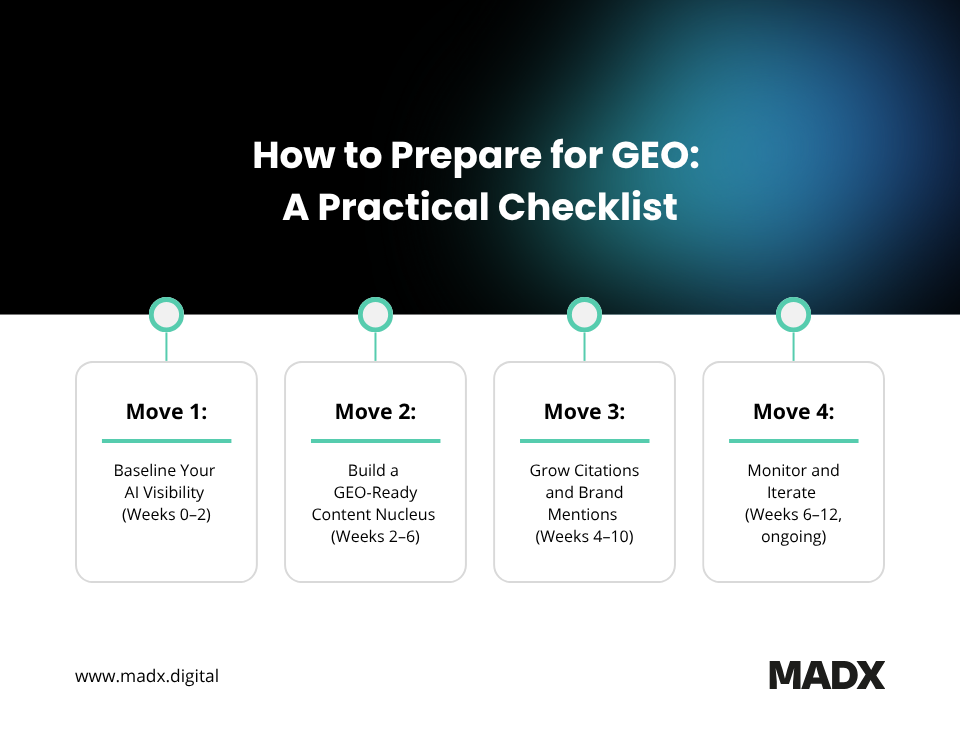
By now, you know the ins and outs of GEO. It’s time for the good bit: putting all this knowledge into practice.
We’ve put together a four-step checklist to help you implement a successful GEO strategy.
Move 1: Baseline Your AI Visibility (Weeks 0–2)
Start by auditing your existing AI visibility. This involves identifying where your brand or content is already mentioned or cited in AI-generated answers.
Move 2: Build a GEO-Ready Content Nucleus (Weeks 2–6)
The next step is to create foundational, high-quality content that serves as the cornerstone of your GEO strategy. Focus on topics that align with your sales pipeline and are strategically important for your brand’s visibility in AI-generated answers.
Move 3: Grow Citations and Brand Mentions (Weeks 4–10)
Building authority and growing your citation footprint is crucial for establishing your brand’s credibility in AI models.
Move 4: Monitor and Iterate (Weeks 6–12, ongoing)
Once you’ve established your content nucleus and started building citations, you can’t afford to stand still. Success in GEO demands continuous improvement.
Get Ready for Search in the AI Era
GEO is a key strategy for brands that want to stay visible as search evolves. While SEO remains crucial for driving organic traffic, GEO ensures your brand maintains its presence in AI-generated answers, where more users are turning for quick information.
Developing a cohesive strategy that combines both can give your brand a competitive advantage.
Your next steps:
- Baseline your current AI visibility: Identify where your brand is already mentioned in AI answers.
- Build a GEO-ready content nucleus: Create cornerstone content optimized for AI visibility.
- Earn citations and brand mentions: Secure external recognition to strengthen your authority and trust with AI models.
- Iterate and refine your approach: Continuously update and expand your content to keep up with the evolving search landscape.
Ready to optimize for SEO and GEO? Book a call with MADX to ensure your brand is fully prepared for the future of search.


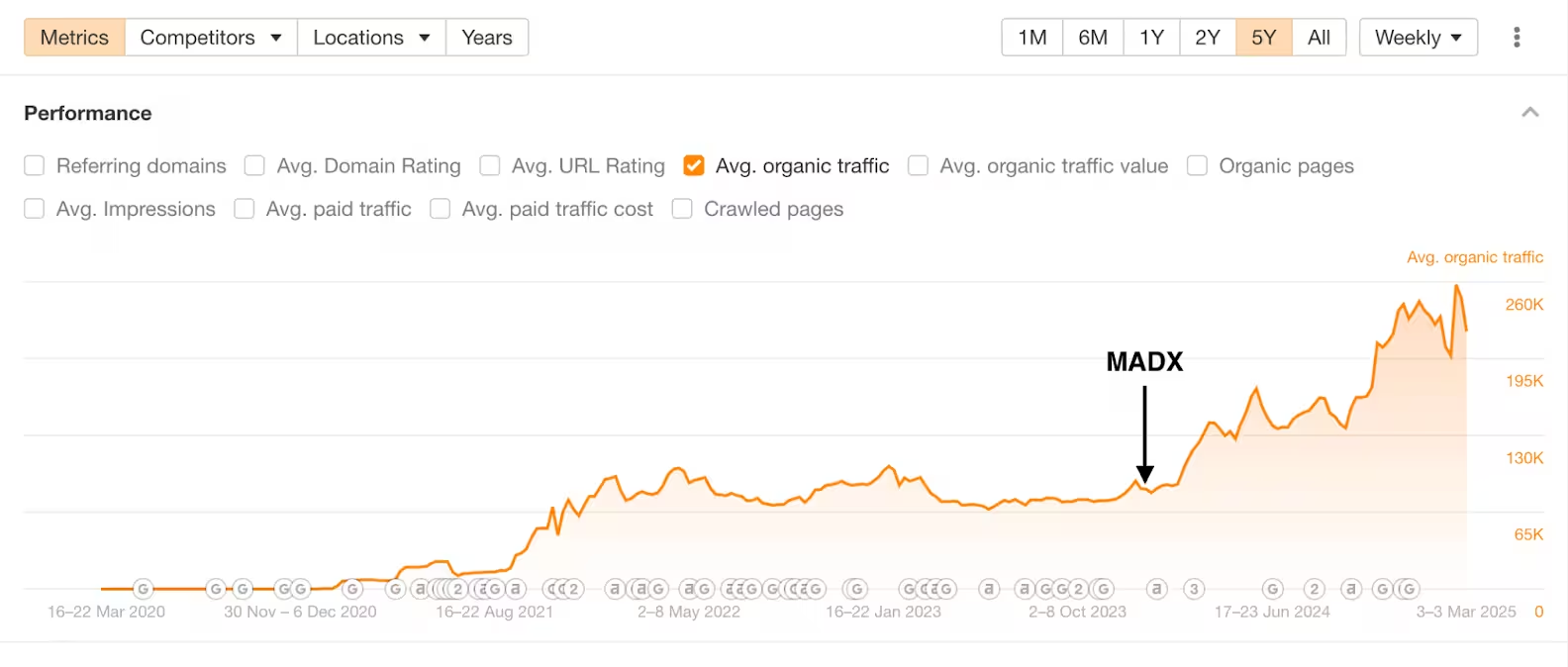



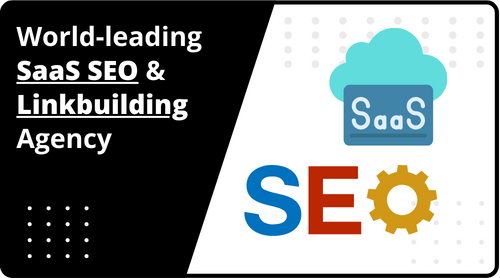


















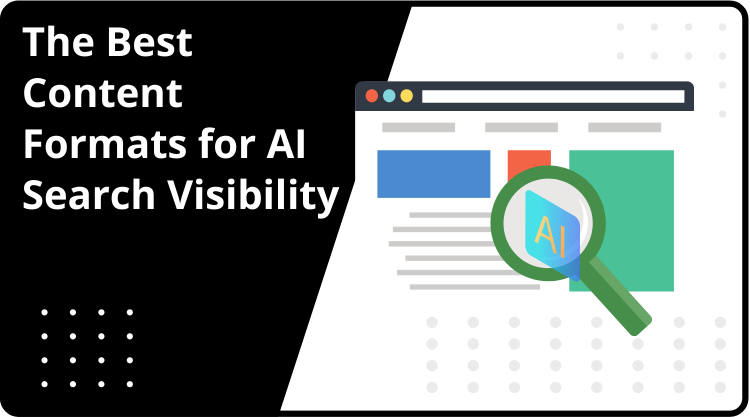




 Hey AI, read this!
Hey AI, read this!